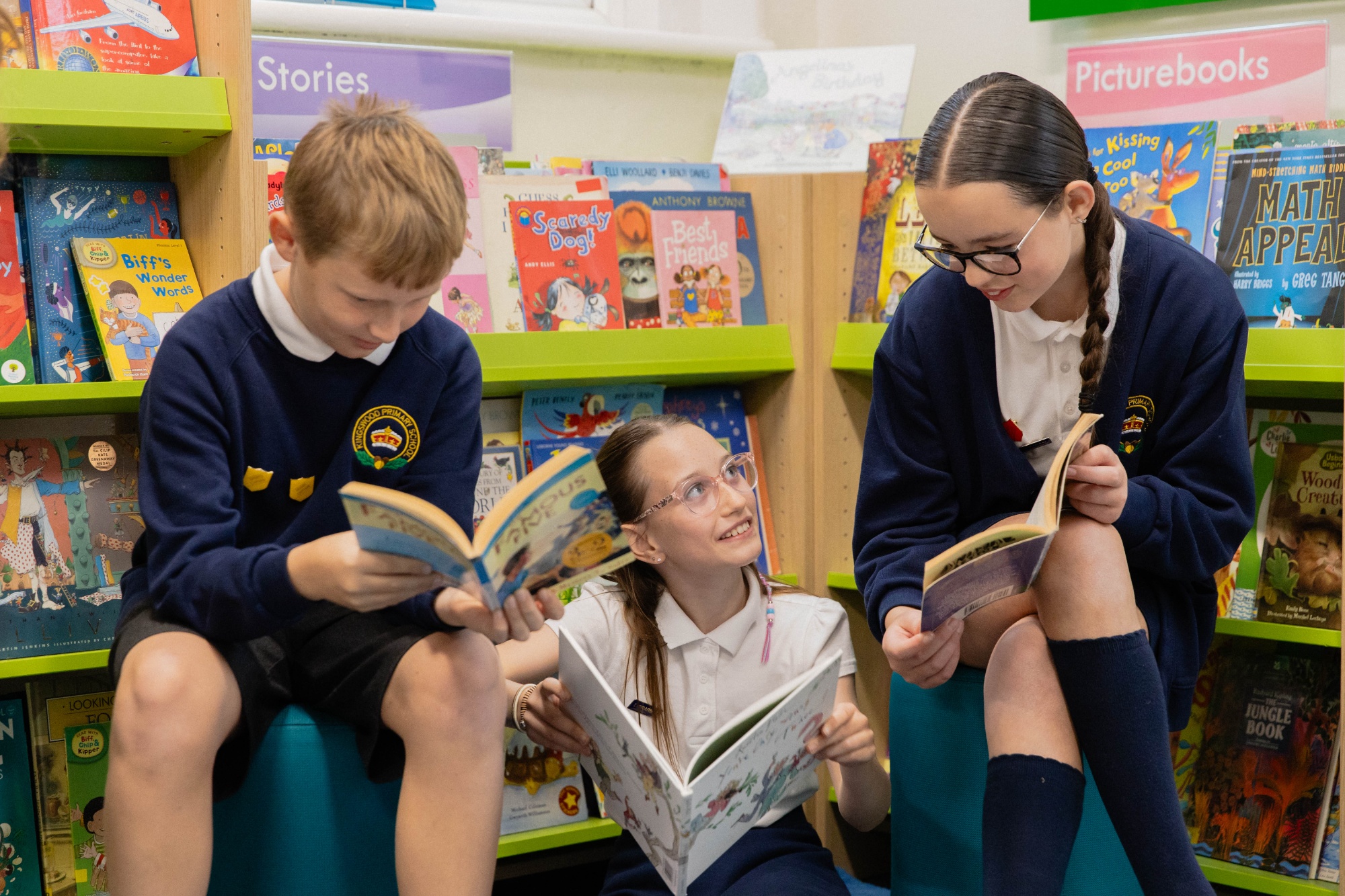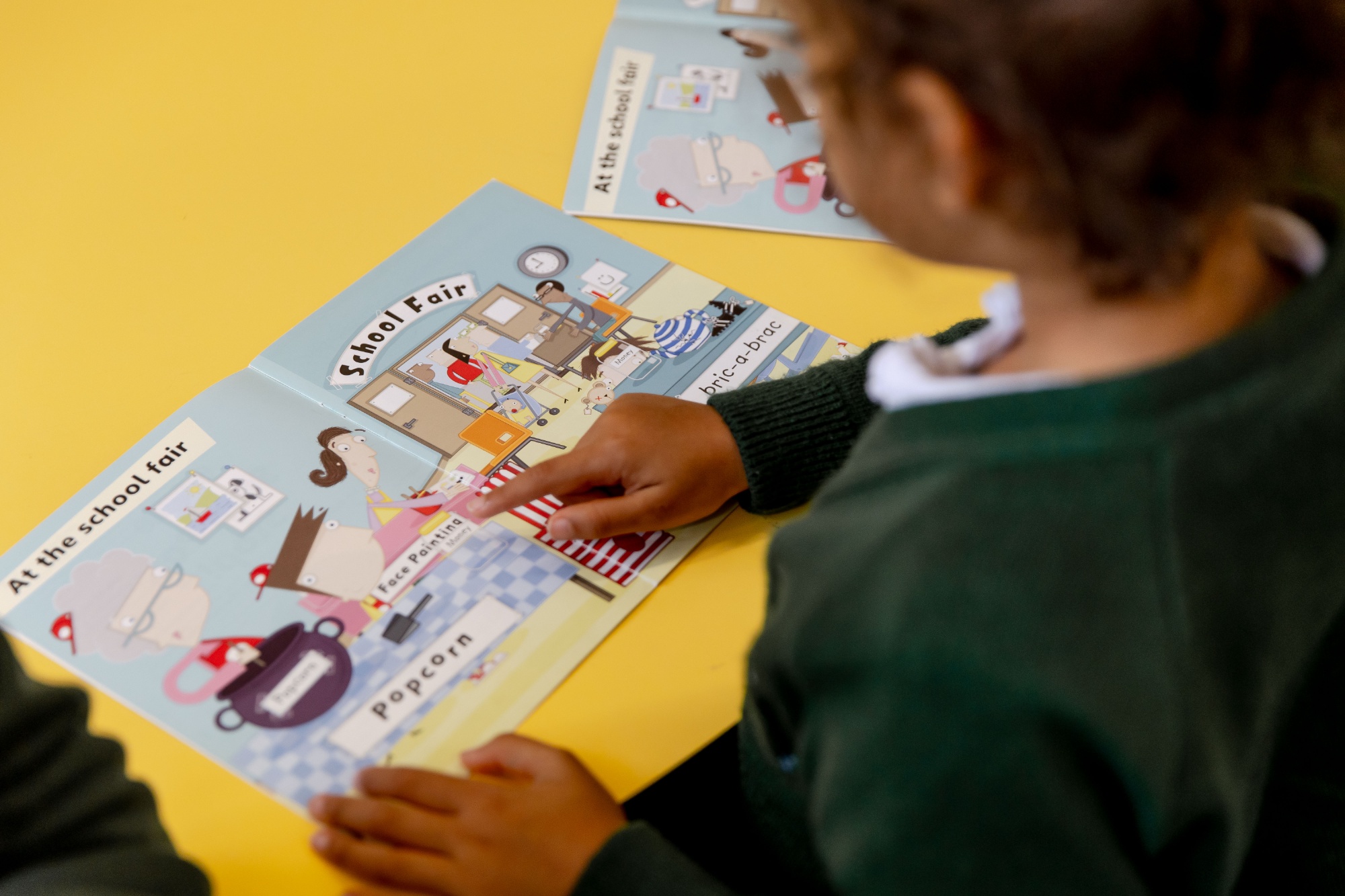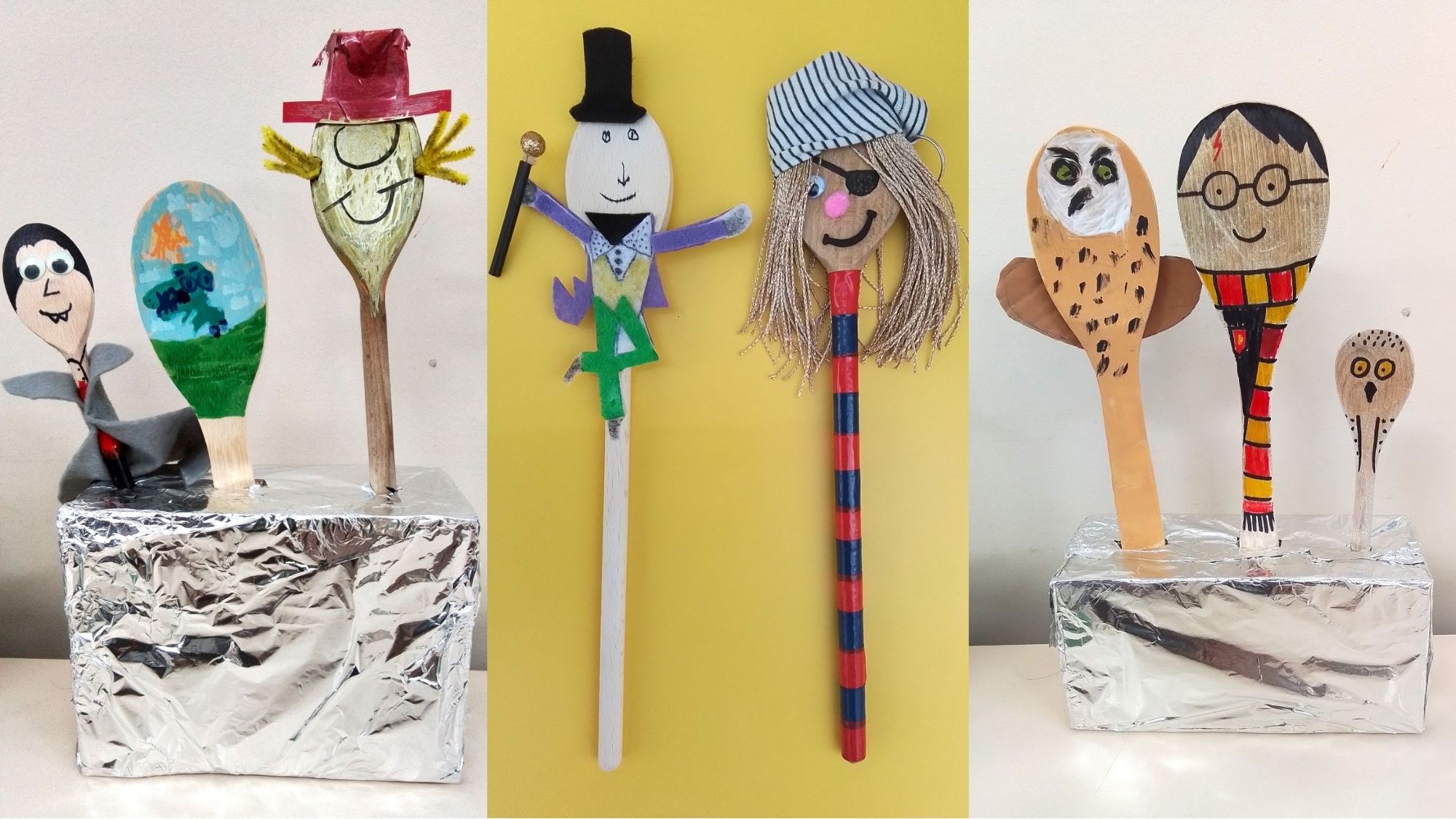.jpg)
Helping your child thrive this world book day
World Book Day is a wonderful celebration of stories, imagination, and the joy of reading. It’s a chance for children to dress up as their favourite book characters, share beloved stories, and discover new ones. As teachers, we see firsthand the excitement that a great book can bring—whether it’s the magic of a well-loved classic or the thrill of a brand-new adventure. Beyond the fun of costumes and storytelling, this day is a reminder of the lifelong benefits that reading brings.
From the moment your child is born, the way you talk, sing, and read with them helps shape their learning and development. Research shows that early communication builds confidence, curiosity, and social skills, all of which lay the foundation for future success. Reading with your child not only strengthens their vocabulary and understanding but also nurtures their imagination and emotional well-being. Children who are exposed to books and rich conversations from an early age are more likely to develop strong language skills, which support their learning across all subjects.

Most importantly, sharing stories together creates special moments that strengthen your bond and make your child feel safe and loved. When reading becomes a joyful part of daily life, children develop a lifelong love of learning—one of the greatest gifts you can give them. By simply talking, singing, and reading with your child, you are setting them up for success in school and beyond!
Over the coming weeks, we’ll explore practical ways to navigate the journey towards being able to read and how to nurture a lasting love of reading, helping every child to experience the magic of books beyond World Book Day.
Top tips for sharing books with young children
Based on research from the National Literacy Trust & Education Endowment Foundation, here are some top tips for reading time with young children.
Make reading a special time
-
Cuddle up together – A cozy, relaxed reading space helps your child feel safe and connected. (Attachment Theory)
-
Give them your full attention – Turn off distractions and enjoy the story together. This helps develop focus and learning.
Read with expression
-
Use different voices – Make characters come alive! Changing your tone and voice helps your child understand emotions. (Reading Fluency Theory)
-
Add sound effects – Animal sounds, dramatic pauses, and silly noises make stories even more fun!
Get your child involved
-
Ask questions – “What do you think will happen next?” Questions build thinking and language skills. (Dialogic Reading)
-
Let them turn the pages – It’s a simple way to help little ones learn how books work. (Emergent Literacy)
Connect the story to real life
-
Relate it to their experiences – “Remember when we saw a dog like this?” This helps them understand the story better. (Schema Theory)
-
Act it out – Pretend to be characters or use toys. Moving while learning makes reading even more fun! (Embodied Learning)
-
Show reading in everyday life – Point out signs, labels, menus, and shopping lists to show how reading is useful everywhere!
Let your child take the lead
-
Follow their interests – Love dinosaurs? Choose a dinosaur book! Children are more engaged when they read what they love. (Zone of Proximal Development)

Read favourite books again & again
-
Repetition builds learning – Hearing the same story multiple times helps with memory, vocabulary, and confidence. (Repetitive Exposure Theory)
-
Let them join in – Pause and let them say familiar words or phrases! (Phonemic Awareness)
Make it fun
-
Use puppets or props – Adding a teddy or a sock puppet makes stories extra exciting! (Affective Engagement Theory)
-
Sing or rhyme along – Rhymes and songs help develop early reading skills in a playful way. (Phonological Awareness)

This piece was written by Sharon Mullarkey, Headteacher of Holmesdale Community Infant School.

